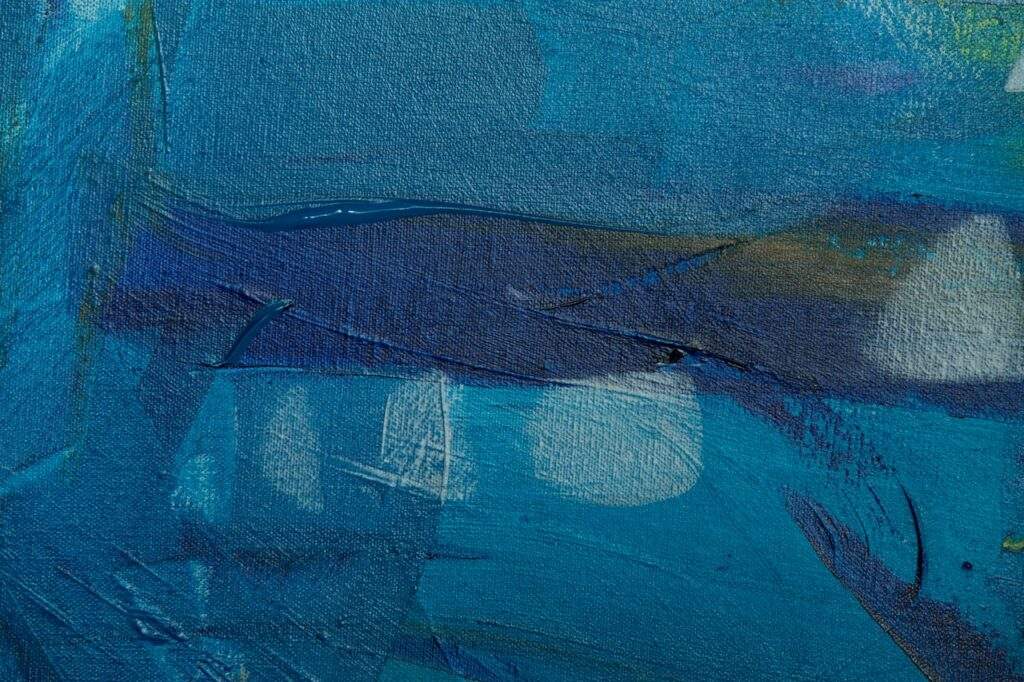
Between 60,000 and 80,000 years ago, Aboriginal culture existed. This was when the first Aborigines arrived in Australia. The oldest evidence of Aboriginal ethos or philosophy can be found in still visible rock art from around 20,000 years ago.
On rocks, ochres were used to paint. Archaeologists have been able to date bones and artifacts from primal campsites as far back as 40,000 to 60,000 years.
Indigenous Australian art is the world’s oldest continuous form of aesthetic expression. Rock carvings and paintings, as well as body painting and ground designs, were among the first forms of Aboriginal art.
Engravings on cave walls in Arnhem Land date back at least 60,000 years, which is incredible considering the cave art in France’s Vézère valley is only about 12,000 years old!
Figures, birds, animals, legendary entities, and non-figurative designs are shown in ancient rock art and engravings. Paintings and engravings of more modern origin are sometimes found adjacent to or even partially covering these antique paintings. Visit https://www.aboriginal-art-australia.com for more.
Learning About Aboriginal Art
Indigenous Australians have adapted to a variety of changes over history, including the end of the last ice age 10,000 years ago! The same adaptability may be seen in Aboriginal art and culture. It’s organic and always changing.
Aboriginal art today spans a wide range of media and shows the richness and diversity of Indigenous culture, as well as the considerable distinctions in language groups and geographical locations.
Indigenous artists draw inspiration for their work from a wide range of sources, ranging from openly “traditional” sources like rock art and body painting, which are still used for ritual today, to the most contemporary of modern society subjects.
Various styles exist between these extremes, such as those that interpret the artists’ dreaming experiences and those that reflect more recent history such as ‘first encounter,’ the effects of colonization, or their own fantastic life story and issues that are essential and impinge on their lives.
Aboriginal Art & Symbols
Because Australian Aboriginal people do not have a written language, their essential cultural stories are passed down through the generations through symbols/icons in their artwork.
It is critical to passing on knowledge in order to preserve their culture. Storytelling is at the heart of indigenous art. It is utilized as a chronicle to impart Aboriginal knowledge of the land, events, and beliefs.
Symbols are an alternative to writing down culturally significant stories and teaching survival and land usage. Depending on the audience, different interpretations of the iconography are given.
When recounted to children, the story would be simplified to emphasize the educational and behavioral aspects. Behind the story, there could be a mix of knowledge and moral lessons. The youngsters are taught the difference between right and wrong, as well as the repercussions of good and poor behavior.
When teaching to initiated elders, however, the stories would be interpreted in a totally different and higher-level form.
History of Aboriginal Art
Despite the fact that Australian Aboriginals have been using ochres as body paint on bark and rocks for tens of thousands of years, the earliest artworks were not completed until the 1930s.
These were painted in watercolor at the Hermannsburg Mission near Alice Springs, rather than ochre or dot art.
They depicted sceneries in the desert. Albert Namatjira, the most famous of the earliest native watercolor artists, had the inaugural exhibition in 1937. Adelaide hosted his exhibition.
Aboriginal paintings were traditionally created on rock walls, ceremonial objects, body paint, and, most importantly, in dirt or sand in conjunction with songs or stories. Paintings on canvas and board that we see now were created only 50 years ago.
Indigenous Art’s “Contemporary” Beginnings
In Papunya, near Alice Springs, in 1971, a school teacher named Geoffrey Bardon started working with Aboriginal youngsters. He saw that the Aboriginal males would make symbols in the sand while reciting stories.
He encouraged them to use canvas and a board to paint the stories. This was the start of the well-known Aboriginal art movement. It was a big step for indigenous people to start painting their stories on a western façade, which was something they had never done before.
The True Meaning
Since then, Australian Aboriginal Art has been dubbed a fascinating type of modern art of the twentieth century. Permission is required for Aboriginal artists to portray certain stories.
Within particular skin groups, they inherit the rights to these stories, which are passed down through centuries. An Aboriginal artist is unable to portray a story that is not related to them.
In many respects, Aboriginal art has aided in the resurgence of their culture.
Westerners’ prejudices and misunderstandings have been significantly reduced as a result of it.
Our enthusiasm for Indigenous art and willingness to pay for it has aided Aboriginal people financially while also providing them with a sense of respect, status, and confidence.
The lessons of the elders it has revitalized young Aboriginals’ appreciation and understanding of their culture. Westerners love Aboriginal art for its extraordinary beauty and purpose, which has transformed people’s relationships and helped develop deeper understanding bridges.